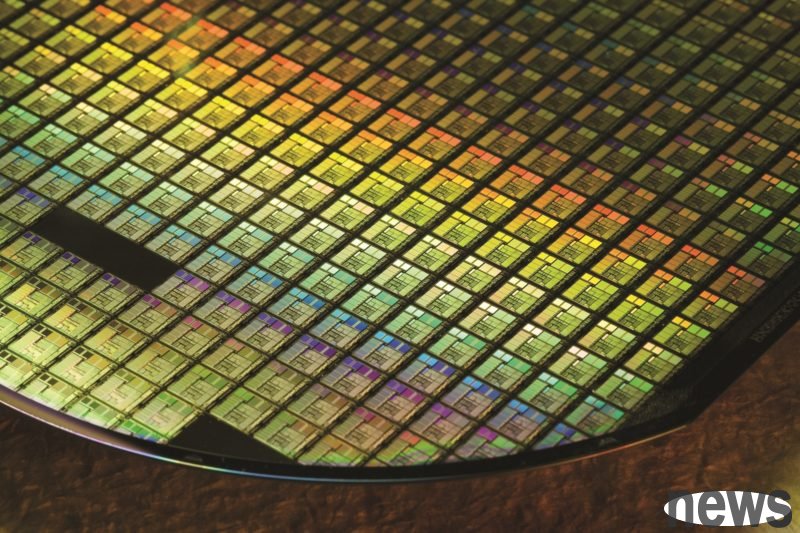The iPhone 18 series launched by Apple in 2026 will use the 2nm telco process for the first time and plans to transfer from the current InFO packaging to the WMCM solution. This aims to improve yield and reduce material consumption through packaging...

The iPhone 18 series launched by Apple in 2026 will use the 2nm telco process for the first time and plans to transfer from the current InFO packaging to the WMCM solution. This aims to improve yield and reduce material consumption through packaging innovation, and to solve the cost pressure brought by advanced processes.
Compared to the current InFO (integrated fan-out package) uses PoP (Package on Package) vertical stacking, the memory is placed directly above the processor, and the Chip First process generates RDL (re-line layer) on the chip, and then the memory is packaged on the upper layer. The WMCM (round-level multi-chip module) is changed to horizontal arrangement and Chip Last process. First complete the production of the re-line layer, and then the chip is installed on it.
InFO has a high degree of integration, but with the significant increase in the demand for memory capacity of AI applications, the higher the memory module, the more the packaging thickness and production difficulty are, and the increase in SoC power consumption also makes heat dissipation difficult. WMCM distributes memory and processors, improving heat dissipation conditions while maintaining high performance and providing greater memory configuration flexibility.
Tianfeng International Securities analyst Guo Mingchi pointed out that Changxing Materials has been adopted by Telco and has become the manufacturer of Apple's 2026 iPhone and Mac chip generations to supply liquid packaging (LMC) and underfill packaging (MUF). MUF technology can integrate underfill and mold sealing processes into a single step, not only reducing material usage, but also shortening production time and improving yield, directly supporting Apple's WMCM strategy.
The industry believes that WMCM packaging will bring higher product line flexibility to Apple, and can divide CPU, GPU and neural network engine into independent modules to combine, making the A20 and A20 Pro more obvious in performance variability, while accelerating the development and design cycles of different product lines.
In addition, Apple is also exploring the SoIC (System on Integrated Chips) stacking solution, stacking two advanced chips directly to form ultra-high density interconnections to reduce delays and improve performance and energy efficiency. However, SoIC technology is expected to be applied only to the M5 series MacBook Pro chips launched in 2026, rather than the iPhone 18 series, showing that Apple will choose the most suitable packaging solution based on the design needs and cost structure of different products.
Apple To Shift From InFO To Wafer-Level Multi-Chip Module Packaging For The iPhone 18’s A20 SoC In 2026, Reducing Unnecessary Production Costs As It Moves To TSMC’s 2nm Process While Boosting Efficiency & Yields A20 chip developments could mean more iPhone variants in 2026